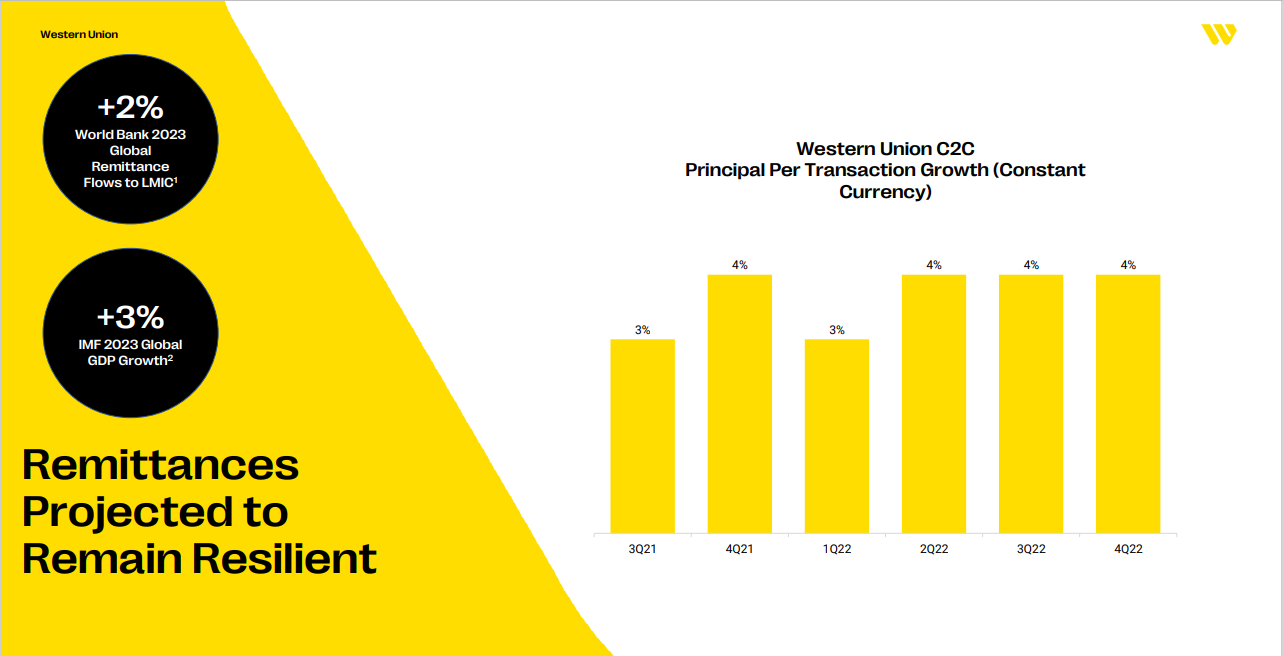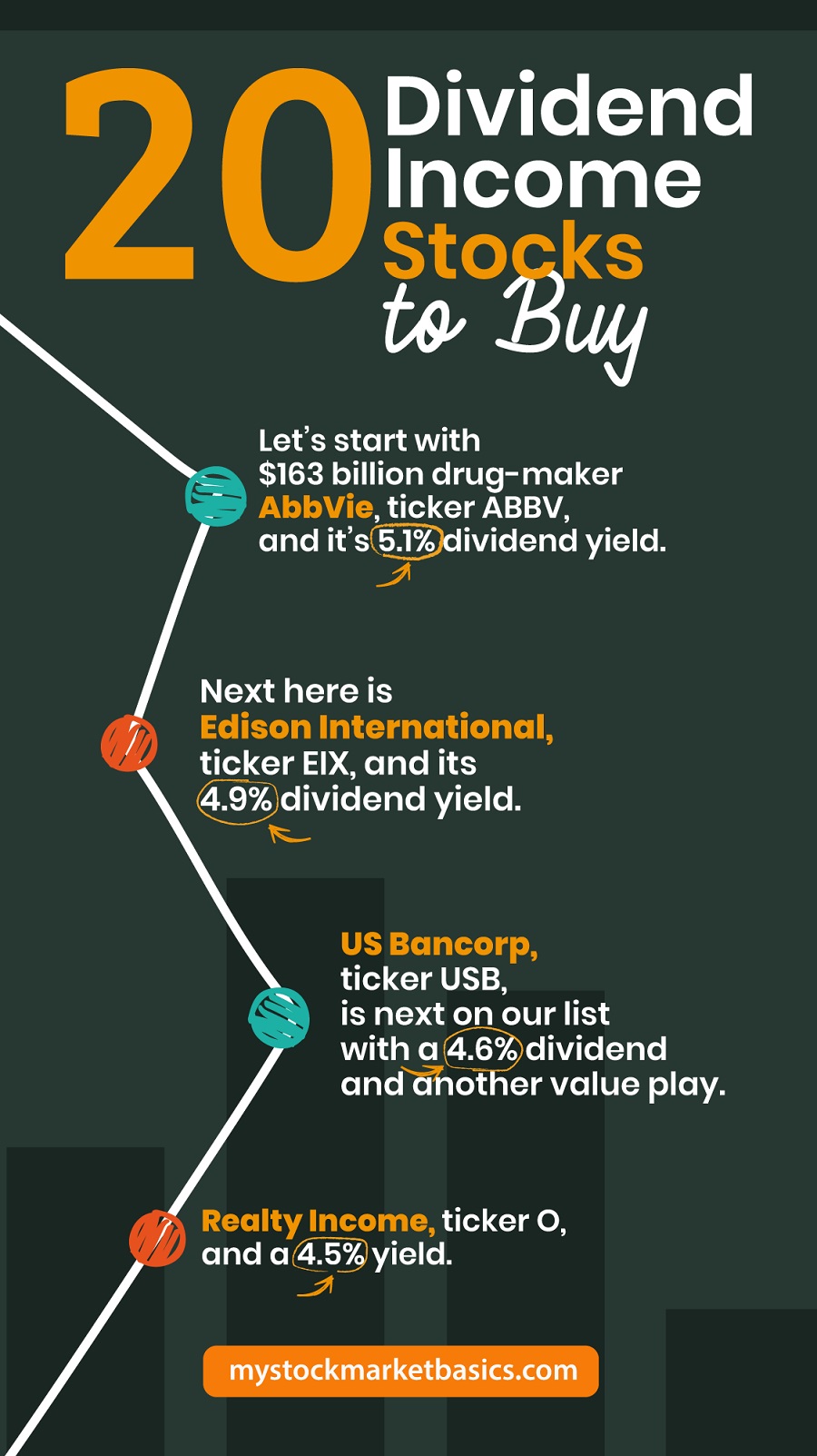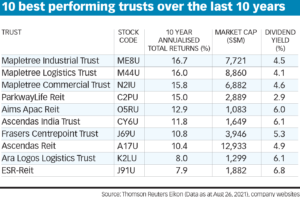
You should look into large-cap high dividend stocks if you are looking to make more from your investments. These stocks have high dividend yields and relatively low P/E. The dividend yields for these companies are usually around 3.4% to 4.4%. Below are 7 such stocks, each with a P/E ratio of under 20 and a dividend yield of over three percent.
Microsoft
Microsoft is a great stock for large-cap growth and a dividend payer. Microsoft's dividends have been increasing over time. In fact, the company's earnings per share have increased by an average 24% annually over the past 5 years. It also has a low payout ratio, which is ideal for dividend stocks. The company is also expected to increase its dividend 10% per annum over the next five year.
Microsoft pays dividends each three months and four per year. While the exact date for dividend payments varies from one month to another, it typically falls within the third of each month. Prospective investors should know this date as they must complete their investment before the ex-dividend date.

Johnson & Johnson
Johnson & Johnson is a great stock to consider if you are looking for a large-cap stock with a high dividend. Johnson & Johnson has a 2.4% yield, which is more than the S&P500. It also has a solid business model and a strong brand name. It is also a leader in health care and shares appreciate every year. If you are looking for a stock that is growing quickly, there are other options.
Johnson & Johnson has steadily brought new products to the market, and the company is now a leader in a number of health care categories. The company's current market cap is $435billion and it generates $98billion in annual revenues. This makes it a huge-cap stock, with a market value exceeding $200 billion. It recently reported its second-quarter financial results, and it exceeded analyst expectations. Its revenue increased by 3% to $24 billion year-over-year and its adjusted earnings per share jumped from $2.59 a $2.68 to a record.
Lowe's
Lowe's might be the right stock for you if you're looking to invest in long-term income and have a solid dividend record. The company has a long history of dividend growth, a low payout rate, and healthy earnings. Lowe's has increased the payout for 60 consecutive year. The company is able to fund its dividend growth with low debt levels, and can execute share repurchases and invest in the business to fuel future earnings growth.
Lowe's also offers the Stock Advantage Direct Stock Purchase Program. This program allows new investors the opportunity to purchase Lowe's common stock. It also automatically increases existing investors' holdings. Participants have the option to reinvest automatically their dividends.

Target
Target is a large-cap stock that can be bought for dividends. The company's growth prospects look very promising, even though it is still undervalued today. The company has consistently raised its dividend for the past 50 years and is expected to continue this trend in the future. Profits have also significantly increased.
The company has a clear strategy. They sell high-quality merchandise at a discounted price, and via digital channels. Although its competition is dominated by Walmart and Amazon, Target management believes that its stores can be a competitive advantage and help it to become a successful omnichannel retail chain. Target has made investments in supply chain logistics to improve efficiency and renovated its stores.
FAQ
What is security in the stock exchange?
Security is an asset that produces income for its owner. Shares in companies are the most popular type of security.
One company might issue different types, such as bonds, preferred shares, and common stocks.
The earnings per share (EPS), as well as the dividends that the company pays, determine the share's value.
If you purchase shares, you become a shareholder in the business. You also have a right to future profits. If the company pays a payout, you get money from them.
You can sell shares at any moment.
What is a Stock Exchange, and how does it work?
Companies can sell shares on a stock exchange. This allows investors the opportunity to invest in the company. The market sets the price of the share. It is often determined by how much people are willing pay for the company.
Companies can also raise capital from investors through the stock exchange. Investors are willing to invest capital in order for companies to grow. Investors buy shares in companies. Companies use their money for expansion and funding of their projects.
Stock exchanges can offer many types of shares. Some shares are known as ordinary shares. These shares are the most widely traded. Ordinary shares are traded in the open stock market. Shares are traded at prices determined by supply and demand.
Preferred shares and debt securities are other types of shares. Preferred shares are given priority over other shares when dividends are paid. Debt securities are bonds issued by the company which must be repaid.
Are stocks a marketable security?
Stock is an investment vehicle that allows you to buy company shares to make money. This is done by a brokerage, where you can purchase stocks or bonds.
You could also choose to invest in individual stocks or mutual funds. There are actually more than 50,000 mutual funds available.
The key difference between these methods is how you make money. Direct investment earns you income from dividends that are paid by the company. Stock trading trades stocks and bonds to make a profit.
Both cases mean that you are buying ownership of a company or business. If you buy a part of a business, you become a shareholder. You receive dividends depending on the company's earnings.
Stock trading is a way to make money. You can either short-sell (borrow) stock shares and hope the price drops below what you paid, or you could hold the shares and hope the value rises.
There are three types for stock trades. They are called, put and exchange-traded. Call and put options allow you to purchase or sell a stock at a fixed price within a time limit. ETFs, which track a collection of stocks, are very similar to mutual funds.
Stock trading is very popular as it allows investors to take part in the company's growth without being involved with day-to-day operations.
Although stock trading requires a lot of study and planning, it can provide great returns for those who do it well. You will need to know the basics of accounting, finance, and economics if you want to follow this career path.
What is the difference in the stock and securities markets?
The securities market is the whole group of companies that are listed on any exchange for trading shares. This includes stocks, bonds, options, futures contracts, and other financial instruments. Stock markets are generally divided into two main categories: primary market and secondary. The NYSE (New York Stock Exchange), and NASDAQ (National Association of Securities Dealers Automated Quotations) are examples of large stock markets. Secondary stock exchanges are smaller ones where investors can trade privately. These include OTC Bulletin Board (Over-the-Counter), Pink Sheets, and Nasdaq SmallCap Market.
Stock markets have a lot of importance because they offer a place for people to buy and trade shares of businesses. The price at which shares are traded determines their value. The company will issue new shares to the general population when it goes public. Dividends are paid to investors who buy these shares. Dividends are payments made to shareholders by a corporation.
In addition to providing a place for buyers and sellers, stock markets also serve as a tool for corporate governance. Boards of Directors are elected by shareholders and oversee management. They ensure managers adhere to ethical business practices. If a board fails in this function, the government might step in to replace the board.
Statistics
- For instance, an individual or entity that owns 100,000 shares of a company with one million outstanding shares would have a 10% ownership stake. (investopedia.com)
- Even if you find talent for trading stocks, allocating more than 10% of your portfolio to an individual stock can expose your savings to too much volatility. (nerdwallet.com)
- Ratchet down that 10% if you don't yet have a healthy emergency fund and 10% to 15% of your income funneled into a retirement savings account. (nerdwallet.com)
- "If all of your money's in one stock, you could potentially lose 50% of it overnight," Moore says. (nerdwallet.com)
External Links
How To
How can I invest in bonds?
You will need to purchase a bond investment fund. Although the interest rates are very low, they will pay you back in regular installments. These interest rates are low, but you can make money with them over time.
There are many ways to invest in bonds.
-
Directly purchase individual bonds
-
Buying shares of a bond fund.
-
Investing via a broker/bank
-
Investing via a financial institution
-
Investing in a pension.
-
Directly invest with a stockbroker
-
Investing via a mutual fund
-
Investing via a unit trust
-
Investing through a life insurance policy.
-
Investing with a private equity firm
-
Investing via an index-linked fund
-
Investing through a Hedge Fund